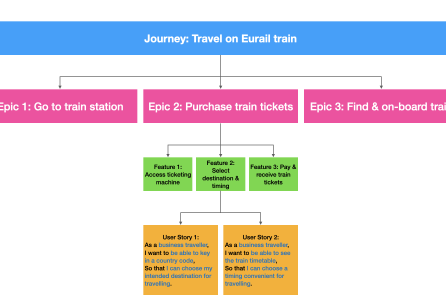The video focuses on generating inventive solution using Service Design principles as well as applying Design for Patentability® to these solutions for guaranteed IP protection.
Design for Patentability™ (DFP) is a powerful innovative design methodology developed by Dr. Sergei Ikovenko, that is based on a rational and disciplined process. It employs an efficient suite of tools and methods for improving existing solutions as well as for developing winning next-generation solutions.
Learning Objectives
• how to strengthen your innovative solution for better protection as
• how to walk around a competitive IP using Service Design will be also discussed.









Share your thoughts
0 RepliesPlease login to comment